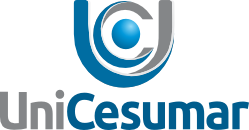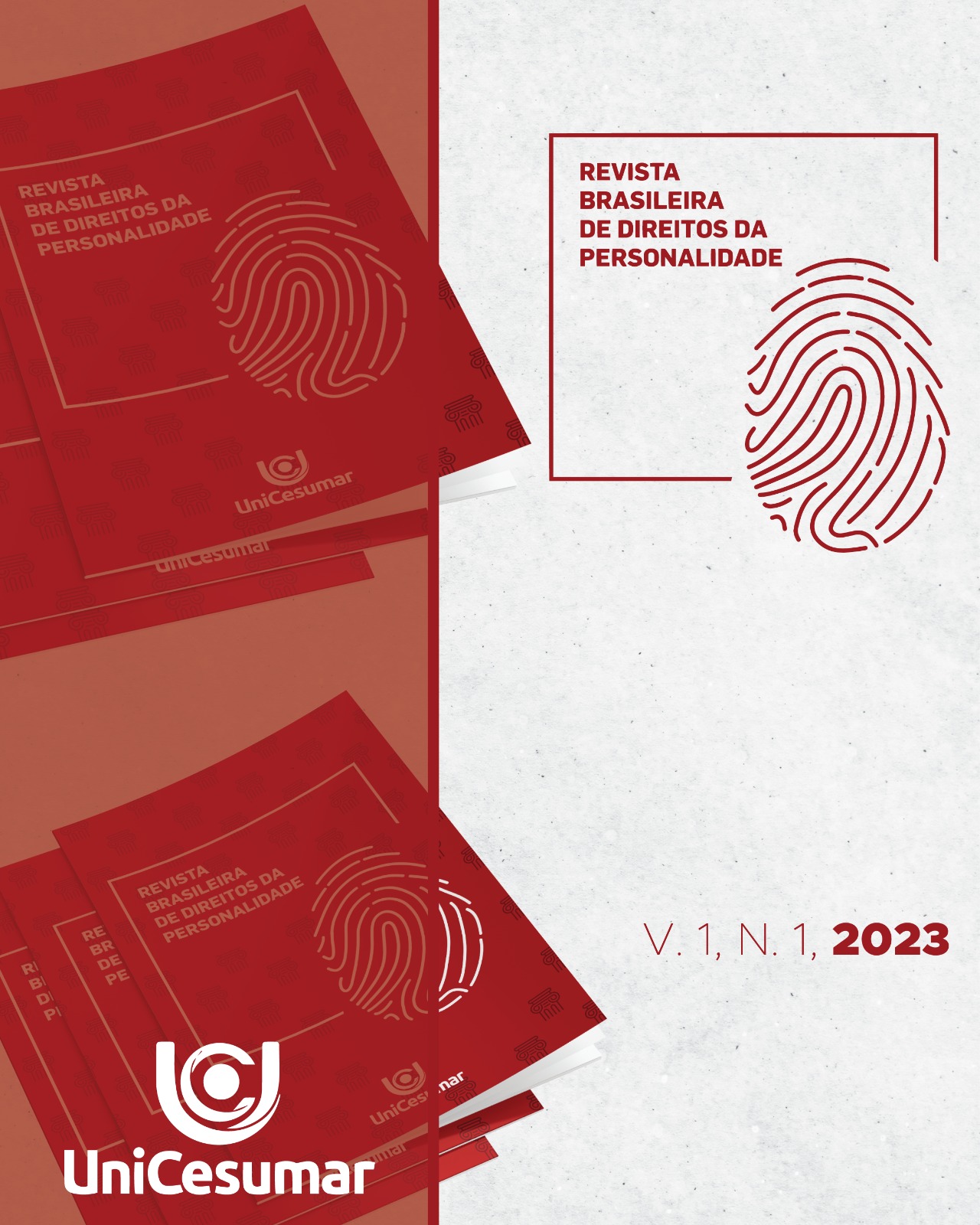STRATEGIES FOR HORIZONTAL INTEGRATION AND INTELLECTUAL PROPERTY PROTECTION IN THE AGE OF INDUSTRY 4.0
A STUDY IN ENGLAND
Abstract
Intellectual Property (IP) is increasingly recognised as a paramount intangible asset influencing the companies’ value, corporate strategies and its management. This paper focuses on the impact of implementing Industry 4.0 (I4.0) on the management of IP in inter-organisational interconnected collaborative networks. Such interconnected networks will allow groups of companies, often competitors and/or customers, to share data and to collaborate in the design, development and manufacture of complex products and/or services, exchanging large amounts of proprietary technical data. Furthermore, this paper explores how companies can benefit from the interconnected network capabilities whilst, protecting from any risks regarding the vulnerability of IP assets to misappropriation, unauthorized use or leakage. The focus of this study is the UK manufacturing industry, where formal contractual tools are being deployed to support IP management in collaborative projects. It relies on an in-depth study of IP management practices in the UK manufacturing supply chain to critically assess the current state of practice in order to provide answers to the risks emanating from IP management in this new and complex collaborative setting. This paper concludes that IP and contractual tools deployed in this new environment must be underpinned by the business strategy and the business model. In addition, changes to organisational structures are necessary to bring together functions that typically operate in silos in many manufacturing businesses, namely: engineering, Information technologies, commercial and legal departments.
References
AUSTIN, J. (1832). The Province of Jurisprudence Determined. Cambridge: Cambridge University Press, Lecture I. Ed. W.E. Rumble, 1995.
BAUERNHANSL, T., HOMPEL, M. ten and VOGEL-HEUSER, B. eds. Industrie 4.0 in Produktion, Automatisierung und Logistik, Springer, Wiesbaden, 2014.
BELDIMAN, D. (2013). ‘Introduction’ in D. Beldiman (ed.), Access to Information and Knowledge: 21st Century Challenges in Intellectual Property and Knowledge Governance (Cheltenham (UK)/Northampton, MA, Edward Elgar).
BOTTHOF, A. (2015). Zukunft der Arbeit im Kontext von Autonomik und Industrie 4.0. In A. Botthof, & E.A. Hartmann (Eds.) Zukunft der Arbeit in Industrie 4.0 (pp. 3-8). Berlin, Heidelberg: Springer.
BRETTEL, M.; FRIEDERICHSEN, N.; KELLER, M., & ROSENBERG, M. (2014). How Virtualization, Decentralization and Network Building Change the Manufacturing Landscape: An Industry 4.0 Perspective. International Journal of Mechanical, Aerospace, Industrial and Mechatronics Engineering 8(1): 37-44
BUSINESS INSIDER. The Internet of Things 2015 Report (Nov. 2015).
DLA PIPER. Rights in Data Handbook (Jan. 2013) pg. 46.
EMMRICH, V.; DÖBELE, M.; BAUERNHANSL, T.; PAULUS-ROHMER, D.; SCHATZ, A., & WESKAMP, M. (2015). Geschäftsmodell-Innovation durch Industrie 4.0: Chancen und Risiken für den Maschinen- und Anlagenbau. München, Stuttgart: Dr. Wieselhuber & Partner, Fraunhofer IPA.
EUROPEAN PARLIAMENT AND OF THE COUNCIL. Directive 96/9/EC. (March 11, 1996)
KAGERMANN, H. (2015) “Change Through Digitization – Value Creation in the Age of Industry 4.0”, in: Albach, H., H. Meffert, A. Pinkwart, and R. Reichwald, eds., Management of Permanent Change, Springer, New York, 2015, pp. 23-45.
ISOC IOT. (2015) Overview. available at https://www.internetsociety.org/wp-content/uploads/2017/08/ISOC-IoT-Overview-20151221-en.pdf
MANYIKA, J. (2015). The Internet of Things: Mapping the value beyond the hype, McKinsey Global Institute (June 2015), pg. 2.
LEBER, J. (2012). General Electric Pitches an Industrial Internet, MIT Technology Review (Nov. 28, 2012).
JONDA, M. (2007). Innovation, Geschäftsmodell: “Analyse - und Planungsprozesse der strategischen Unternehmensführung.” Saarbrücken: VDM Müller.
KIRAZLI, A.; HORMANN, R., (2015). A conceptual approach for identifying Industrie 4.0 application scenarios. Proceedings of the 2015, Industrial and Systems Engineering Research Conference.
RICHTER, K.; Walther, J. (2017). Supply Chain Integration Challenges in Commercial Aerospace. A Comprehensive Perspective on the Aviation Value Chain.
SCHWAB, K. (2016). The Fourth Industrial Revolution: What It Means, How to Respond. World Economic Forum.
LAURSEN, K.; SALTER, A. J. (2014). The paradox of open- ness: appropriability, external search and collaboration. Research Policy, 43, 5, 867–878.
LOEBBECKE, C.; PICOT, A. (2015). Reflections on societal and business model transformation arising from digitization and big data analytics: A research agenda. The Journal of Strategic Information Systems 24(3): 149-157.
FORCE INDIA FORMULA ONE TEAM LTD. (2012); v. 1. Malaysia Racing Team SDN BHD and others. EWHC 616 (Ch).
FORCE INDIA FORMULA ONE TEAM LTD. (2013); v. 1. Aerolab SRL and others. EWCA Civ 780.
FOROOHAR, R. (2016). The 1 Thing on Everybody’s Mind at Davos, Time.com (Jan. 20, 2016).
MILLIEN, R.; GEOGE, C. (2016). Intellectual Property Lawyering in the Fourth Industrial Revolution (the IoT).
O’CONNOR, S. (2015). The Human Cloud: A New World of Work. Financial Times.
HEDBERG, T. (2016). Testing the Digital Thread in Support of Model-Based Manufacturing and Inspection, ASME Journal of Computing and Information Science in Engineering (Mar. 8, 2016) at p.1.
UK INTELLECTUAL PROPERTY OFFICE, EIGHT GREAT TECHNOLOGIES. The Internet of Things: A Patent Overview (Aug. 2014).
VEZZETTI, E.; DESTEFANIS, F.; ALEMANNI, M. (2011). Model-based definition design in the product lifecycle management scenario. In: INTERNATIONAL JOURNAL, ADVANCED MANUFACTURING TECHNOLOGY, pp. 1-14. - ISSN 0268-3768 pg2
WAITZINGER, S.; OHLHAUSEN, P.; SPATH, D., 2015. The industrial internet: Business models as challenges for innovations. 23rd International Conference for Production Research, ICPR.
SYMANTEC, (2013). What’s Yours Is Mine: How Employees Are Putting Your Intellectual Property at Risk, available at https://www.symantec.com/content/en/us/about/media/pdfs/b-whats_yours_is_mine.en-us.pdf
WIPO, (2011). Intellectual Property Report ch. 1, section 1.2, p. 23, available at www.wipo.int/export/sites/www/freepublications/en/intproperty/944/wipo_pub_944_2011.pdf







